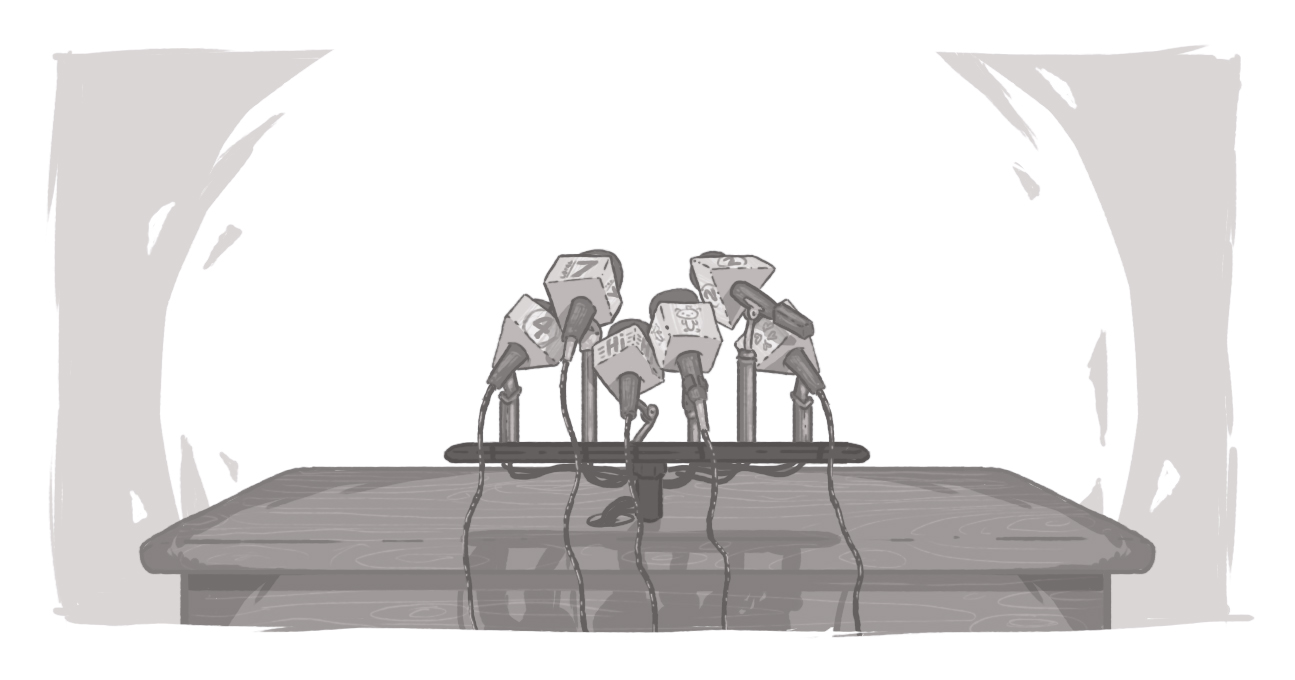The Art of the Interview - Drawing Out the Right Answers

Whether it's for a news article or a corporate discovery, success comes from getting the right answers. Not necessarily the easy answers, the expected answers, or the answers your interviewee wants to give, but the right answers.
And to do draw out the right answers, you have to understand that there's an art to interviewing.
I got my start reporting then moved into corporate communications. I continue to do media work and have a history writing sports, news, entertainment, and health articles and columns. It's a diverse experience, but there's a common thread throughout -- drawing out the person's story and finding a way to focus on the most interesting and impactful items.
It's the same with business communications -- and if you've read any of my previous posts, I'm sure you're familiar with my "What's in it for me?" mantra. Your content must resonate with the audience and, to do that, you have to go beyond the superficial.
Sports writing is a great example of this. A simple recitation of facts ("this happened, then this happened. They scored. And then this happened") is easy. But it's mind-numbingly dull. Great sports writing gets beyond the superficial and focuses on the stories within the story.
When working with clients, the same principles apply. Many people think they know what they want -- but what they actually need may be buried. Those with Kaizen experience will know that during process examinations, often the biggest pain point and challenges aren't the most obvious -- and the eventual solution may be different than what you anticipated.
So how do you interview or conduct a discovery for maximum impact?
Be prepared
Get to know your interviewee a bit. Do some prior research and get an idea of the basics so that you can focus in on the deeper topics and spend less time on the superficial elements. It also helps your interviewee gain confidence in you as they will understand that you have a semblance of knowledge about themselves, their activities, or their industry.
Nothing kills an interview faster than asking a blatantly ill-informed question. Instead of putting your interviewee at ease, it ends up creating barriers as their confidence in your knowledge and ability is immediately undermined.
Be willing to listen
This is the most important thing of all. And nothing dismays me more in an interview than seeing someone come with a pre-established list of questions.
Interviewing isn't about checking off boxes. It's about listening and reacting. It's about asking questions and following up on interesting elements. That can't happen if you're focused not on what your interviewee is saying, but rather thinking about the next question you're going to ask.
It's good to prepare and have an idea of the questions you must have answered. But keep those as a reference. Instead, focus on moving with the ebb and flow of the interview. Watch your interviewee's eyes and body language; listen to their tone of their voice. If they are excited about something, ask follow ups to draw out more information and build a rapport. If they are tentative or even recalcitrant about answering certain questions, find ways to delve into those areas. Often those conflict points are where the greatest breakthroughs and opportunities lie.
The best stories aren't the ones you've pre-established in your head. The best information isn't always what you already know. You're not blazing a trail with your interview, you're following a path with your interviewee that may take you to a different destination.
Be ready to change
It's painfully easy to pre-write a story. It's easy to embrace your pre-conceived notions and ask questions that confirm that bias. Even in a corporate setting, it's easy to think you know the problem (and, by extension, the solution) and to push forward on those beliefs.
What's more challenging -- and ultimately more rewarding -- is to be willing to follow a different path if it appears. In business, it can be a challenge for both the vendor and client. We all think we know what we know, but there may be underlying issues that, if effectively addressed, can solve greater challenges.
Thinking laterally can help. We tend to think in forward projections, but understanding how an issue may impact other people in the process or other parts of an operation can help. Bringing together multiple people helps.
Be mindful it's an art, not a science
Simply put, 1+1 doesn't always equal 2. Most interviews, if they're done organically, don't follow a predictable pattern. There's no paint by numbers approach -- instead it's a much more freestyle experience. Reading people, understanding body language and vocal modulation isn't an exact science. It comes down to experience, empathy, and your ability to interpret cues.
You can structure your interviews like a ladder, with one step leading to the next. But you can only go in one direction with that approach -- and it's usually a pre-defined destination. By listening and being willing to go down different paths, you can often find more valuable information that will lead you to greater success.
How do I interview someone?
How do I conduct a discovery
SUBSCRIBE TO OUR E-NEWSLETTER
 Subscribe
Subscribe


